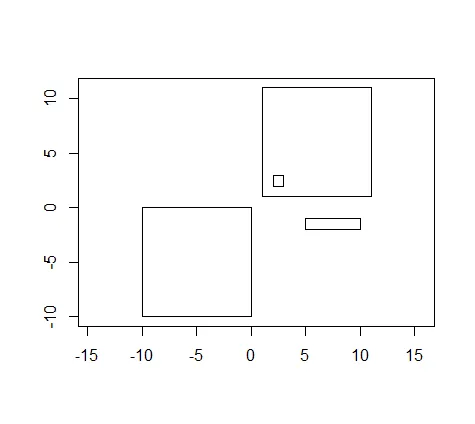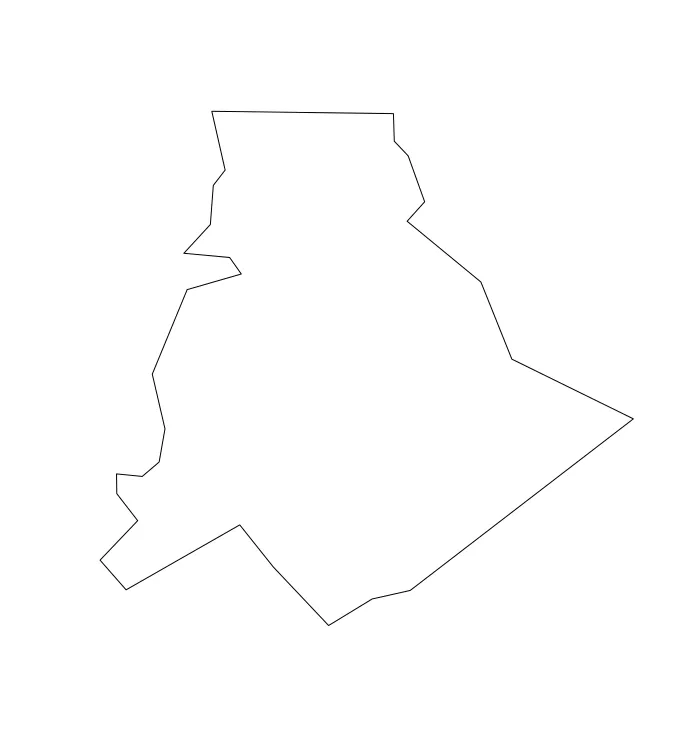st_coordinates 提供了一个简单要素列中所有环的坐标矩阵(用于每个简单要素几何体,所有多边形的外环和洞)。是否有一种方法可以反向操作,即从与 st_coordinates 输出相同格式的矩阵构建 sfc?
作为提醒,这是 st_coordinates 输出的结构:
X Y L1 L2 L3
[1,] 0 0 1 1 1
[2,] -10 0 1 1 1
[3,] -10 -10 1 1 1
[4,] 0 -10 1 1 1
[5,] 0 0 1 1 1
[6,] 1 1 1 1 2
[7,] 11 1 1 1 2
[8,] 11 11 1 1 2
[9,] 1 11 1 1 2
[10,] 1 1 1 1 2
[11,] 2 2 2 1 2
[12,] 3 2 2 1 2
[13,] 3 3 2 1 2
[14,] 2 3 2 1 2
[15,] 2 2 2 1 2
[16,] 5 -2 1 2 2
[17,] 10 -2 1 2 2
[18,] 10 -1 1 2 2
[19,] 5 -1 1 2 2
[20,] 5 -2 1 2 2
对应于这张图片: 如何创建sf对象?

